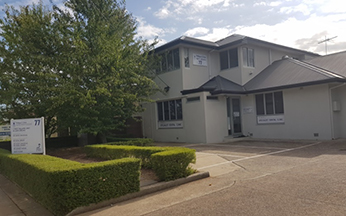In some cases, following a root canal procedure the disease may not heal entirely, or an infection may recur after a long period of time. In these cases, endodontic surgery may be needed and is the only alternative to tooth extraction.
Endodontic surgery is usually called for under the following circumstances:
- Diagnosis of cracked roots.
- Perforated root tips.
- Persistent cysts.
- Removal of a debris from a previous root canal that could damage root tips if left inside the tooth.
- Unusually formed molars, incisors, and first premolars, which often have complex and tiny canal divisions that cannot be treated with conventional root canal treatment
The most common types of endodontic surgical procedures are apicoectomy, intentional replantation, hemisection, and retrosealing. Here's a brief look at those procedures: Apicoectomy
In some cases, surgery is required to closely examine the tiny canals that are not visible to the naked eye. Only through such procedures can an accurate diagnosis be made. The most common non-diagnostic endodontic surgical procedure is an apicoectomy, or root-end resection.
An apicoectomy is often performed when inflammation or infection persists in the bony area around the end of your tooth after a root canal procedure.
An apicoectomy often involves removal of the end of the root of the tooth. During the procedure, the gingival (or gum) tissue near the tooth is opened with an incision. This allows the underlying bone to be examined and inflamed or infected tissue to be removed.
Afterwards, a small filling may be placed to seal the end of the root canal, and a few stitches or sutures are placed in the gum tissue to aid healing.
Intentional replantation
Intentional replantation involves extracting the affected tooth, repairing the tooth endodontically outside the mouth, and re-inserting, or re-planting, the tooth in its socket.
Hemisection
Hemisection is a surgical procedure in which a single root of a multi-rooted tooth is removed because it cannot be repaired or treated, or bone loss around an individual root (usually as a result of periodontal disease) makes conventional endodontic treatment impractical. Hemisection is usually a procedure called for as a last resort before extraction.
In other cases, the front root of a lower second molar may be removed and used as a bridge anchor to replace a missing first molar, thus preventing the need for a partial denture or dental implant.





